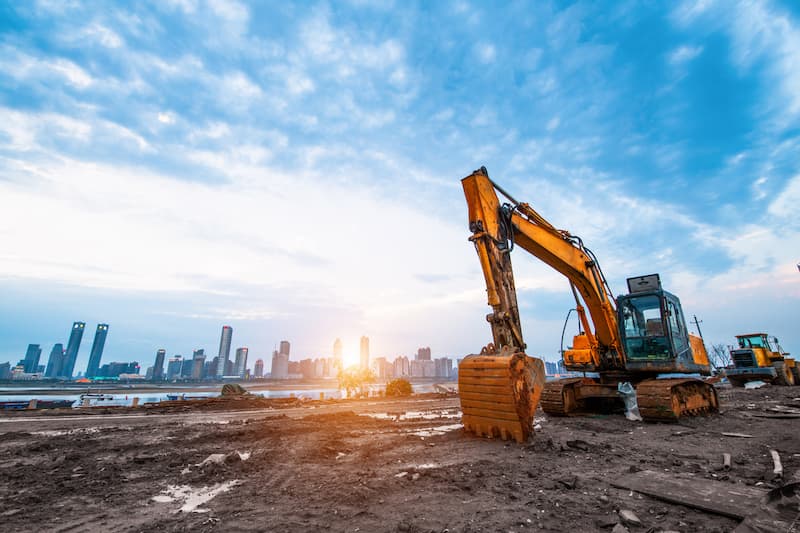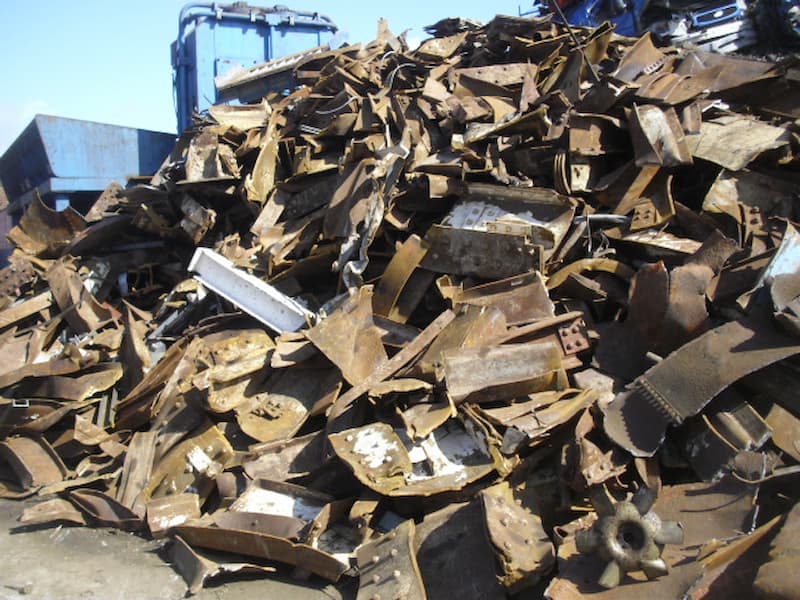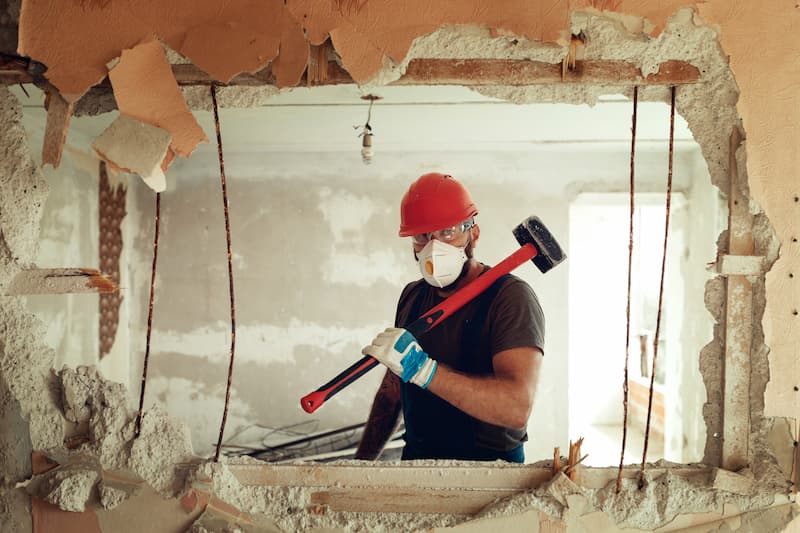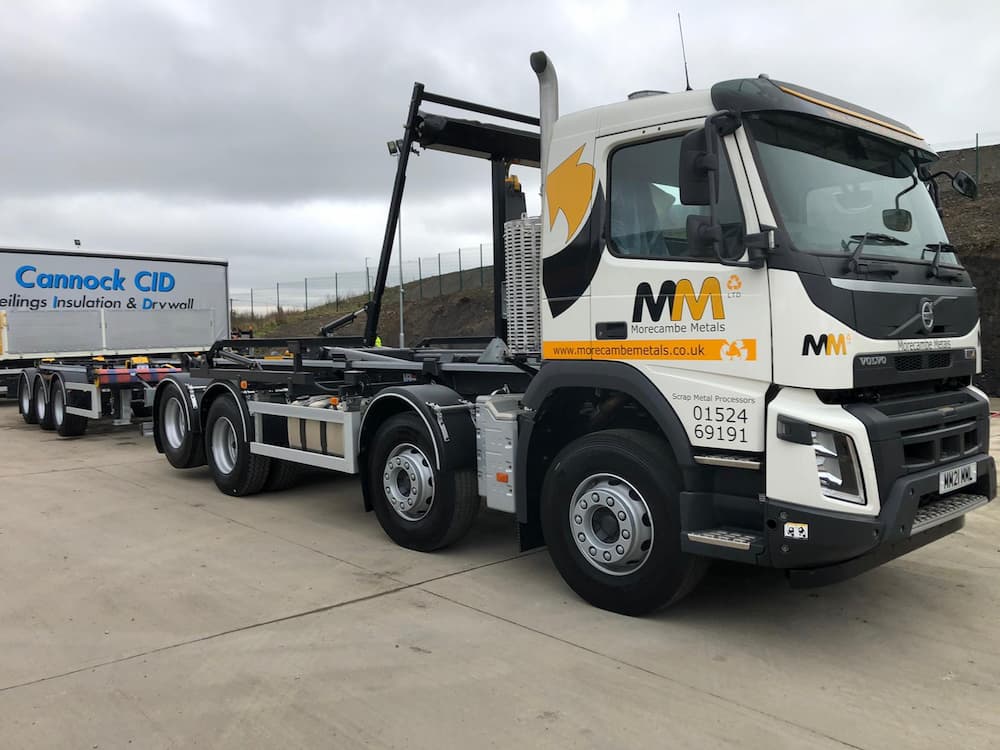When you need to destroy a building, you have a choice to either demolish it or deconstruct it. These might sound like the same thing, but it may surprise you to know just how different they are. Please read our blog below to find out the pros and cons and which one we recommend for your next job.
What is Demolition?
Demolition is the most dangerous project in the whole construction industry. The term safe demolition is used to remind everyone involved of that goal, safety. However, the risk is everywhere in demolition work and requires definite rules and guidelines from the Construction Design and Management regulation of 2015 (or CDM). Compliance with these rules is mandatory and for a good reason.
There are several ways to conduct a demolition:
Explosive Demolitions
Explosive demolitions rapidly destroy the building but make any materials unusable in future builds. Explosive devices are placed carefully throughout the structure to demolish it in a single controlled explosion. This technique requires an immense amount of planning and coordination with local authorities. As a result, this type of demolition is used infrequently, and in recent years, buildings under 22 floors are now disposed of with advanced heavy machinery.
Hand Demolitions
Hand Demolition is used for small scale or delicate projects. This involves workers using hand tools and portable machinery to destroy the building. While this method is more controlled, it still leaves a lot of waste behind that needs removing.
Machine Demolitions
This is the middle ground between the previous two demolitions. The machine demolition technique uses heavy machinery like swinging balls or pushing arms to knock the building down piece by piece.
There are many ways to demolish a building. Some of the lesser-used alternatives are thermal lances, hydraulic expansion and gas expansion. Unfortunately, all these demolition techniques have one thing in common: they ruin any usable materials from the site and make them only suitable for a landfill.
We at Morecambe Metals believe we can do better, and we believe that by recycling the past with our commercial metal recycling services, you can preserve the future. That is where deconstruction comes in.
What is Deconstruction?
Deconstruction is essentially unbuilding something. Rather than destructively knocking a building down into a messy pile of rubble, you dismantle the building to recycle what you can. It is the more sustainable form and is even nicknamed Green demolition.
Any deconstruction process aims to attempt to save at least 85-90% of the materials from the landfill.
There are two main techniques to deconstructing a build, selective deconstruction and whole-house deconstruction.
Whole-House Deconstruction
Whole-house deconstruction is the more common form. Despite the name, it can be used to deconstruct any building, not just a house. This process takes apart the entire structure in question piece by piece.
Selective Deconstruction
Selective deconstruction is also known as soft strip. Selective deconstruction involves going into the property and removing any materials that can be saved. Examples of materials to save are:
- Doors
- Lighting fixtures
- Windows
- Hardwood flooring
- Appliances and cabinets and more
Any items that can be reused in a future build should be saved this way as it can prove to be financially beneficial for your company.
Industrial dismantling is something we’ve become experts at here at Morecambe metals. With over 35 years of experience, we can attest that the amount of reusable materials that come out of deconstruction is impressive.
The Benefits of Deconstructing a Building
Demolishing a building is the quickest and most straightforward way to solve your problem, but it isn’t the best in the long run.
Environmentally speaking, most materials from a demolition end up harming the environment as they are sent to landfills. Construction and demolition materials can make up to 20% of the landfill’s solid waste. By choosing to deconstruct a build instead of demolishing, you are helping the environment by simply recycling.
Logistically speaking, deconstructing a building is much more controlled than a standard demolition. By taking the time to deconstruct a build, you gain far more control over the waste management process.
You can even hire the services of a third party to help remove this waste for you. Scrap metal recycling is a big part of the dismantling services we provide here at Morecambe Metals. After our professional team has collected your unwanted materials, you no longer need to give it a second thought, and you’ll be saving money and the planet in the process.
Financially speaking, there are special considerations to choosing deconstruction. There may be materials in the building that are more valuable than they originally were. Certain types of brick, decorative cast iron and various other features may be prize items for some other builds in the future and are now worth decent money.
Recycling Experts
We at Morecambe Metals are constantly working to improve and grow in our field as recycling and processing experts. With our emphasis on scrap metal solutions in domestic, trade, corporate and commercial sectors, we are confident we can help you with any of your deconstruction needs. So please get in touch with us online today or call us on 01524 69191 to discuss your needs with our expert team.





